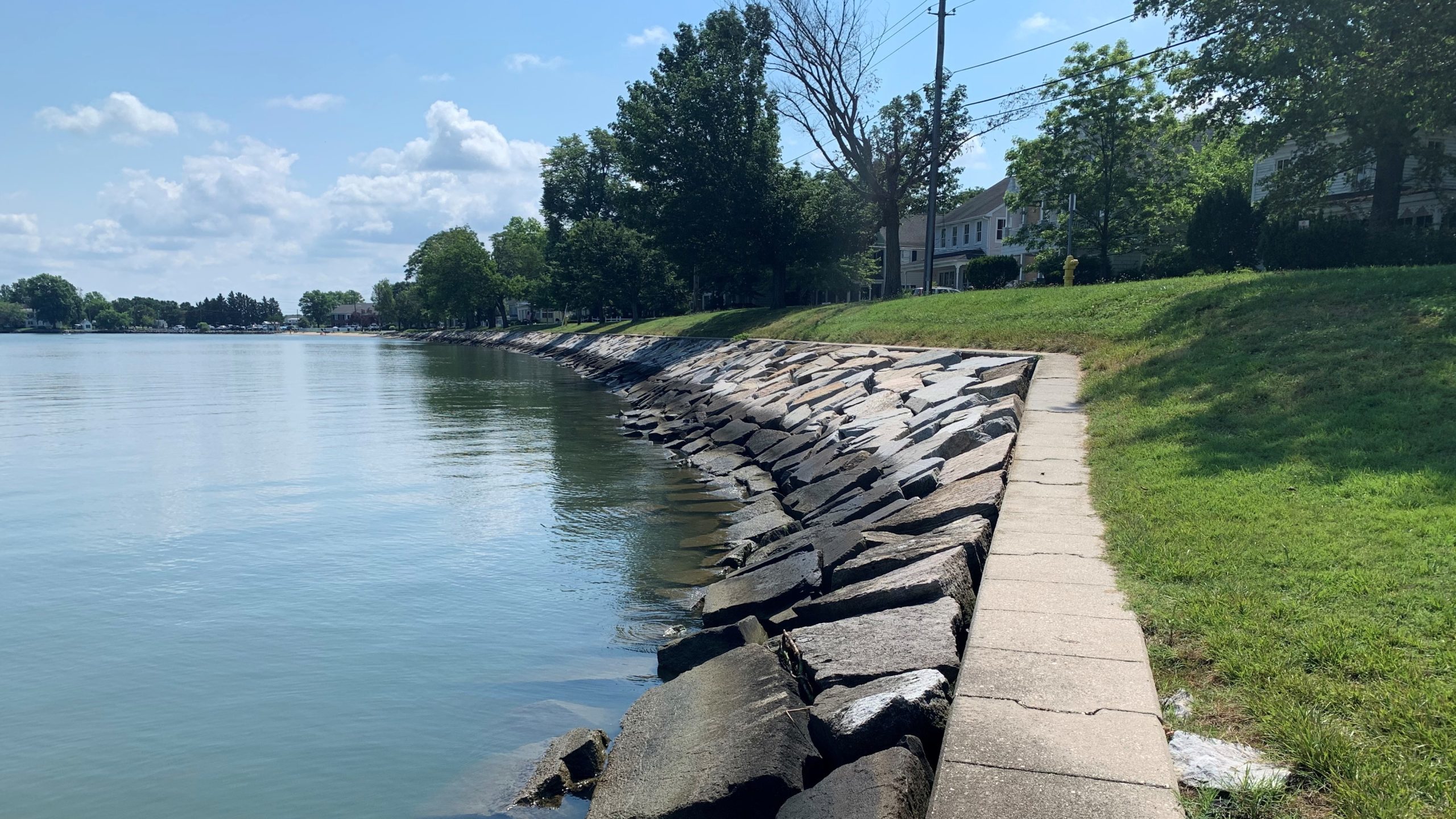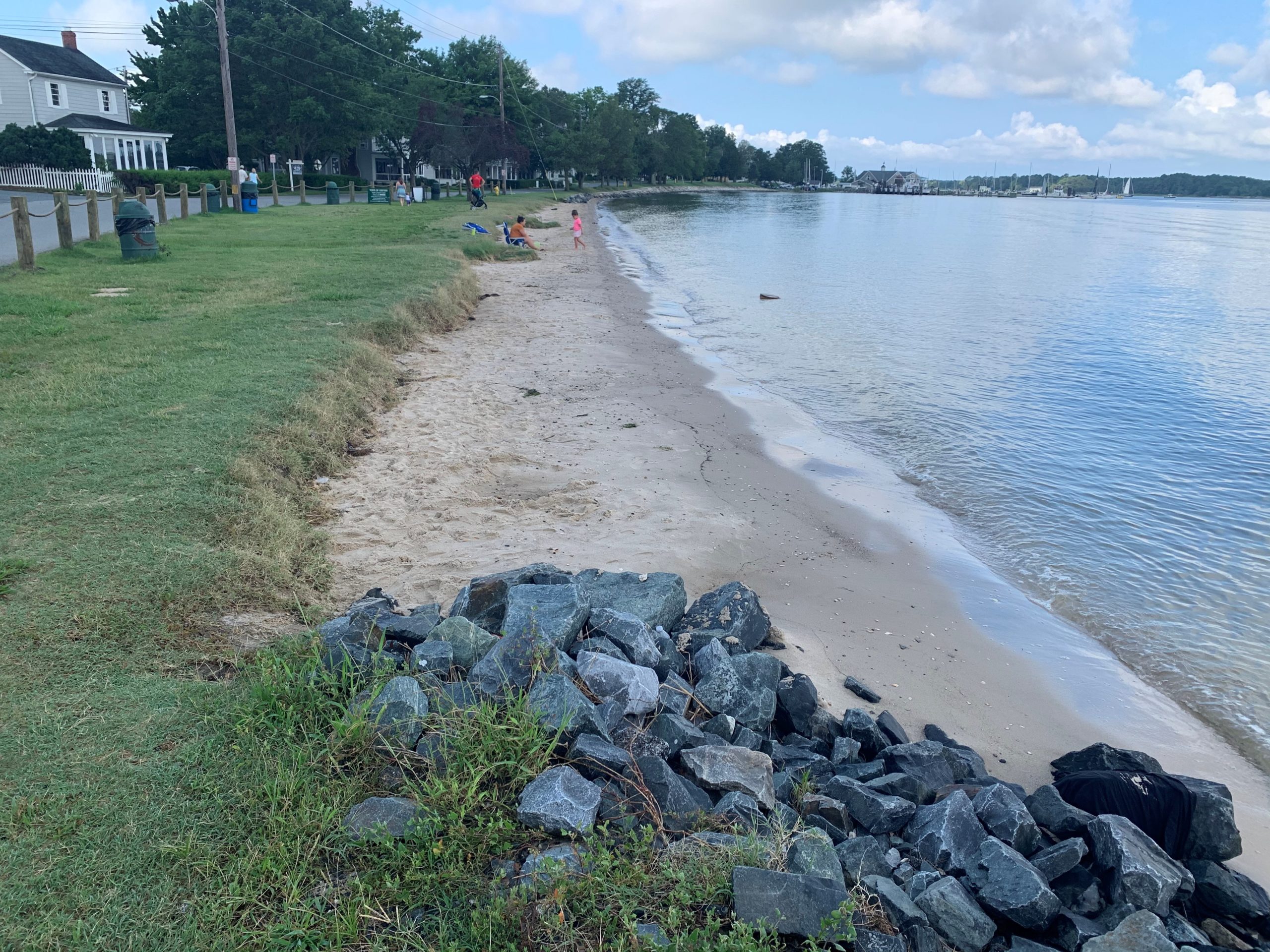We have much more to do and your continued support is needed now more than ever.
Working with Nature to Address Coastal Flooding Along the Eastern Shore of Maryland

The Town of Oxford, MD, located in Talbot County, is situated at the mouth of the Tred Avon River on the Eastern Shore of Maryland. Founded in 1683, Oxford is the second oldest town in Maryland with approximately 700 full-time residents, a number that more than doubles in size during the summer months.
Oxford’s history, climate, and economy have been defined by its proximity to the Chesapeake Bay and the Atlantic Ocean. The Town served as an international shipping center until the mid-18th century when Baltimore began serving as Maryland’s primary seaport. Oxford’s economy then transitioned to the seafood and shipbuilding industries until the construction of the Chesapeake Bay Bridge in 1952. After which, greater public access to the Eastern Shore drove a transition to tourist and recreation-oriented industries, which continue to drive Oxford’s economy to this day.
The highest elevation in Oxford is 11 feet above mean high water with many parts of the town falling between 4-10 feet above sea level. This town experiences severe sunny day flooding due to high tides and winds that push water and waves on land. Flooding issues regularly disjoint an entire peninsula from the mainland, and due to poor drainage, floodwaters can remain for days.
Residents have installed flood markers with different colors denoting when it is not safe to drive a car through low-lying parts of the town. Unfortunately, these markers are used many times a year, and the number of days of nuisance flooding is growing. The Town has even developed contingency plans for how to get emergency services to these areas when roads are impassable, including through the use of a barge if necessary to deliver EMT services.
These problems will only get worse as sea level continues to rise. Oxford’s current high-water issues are compounded by projections indicating increased frequency and intensity of coastal storms and worsening sea-level rise. For various geographic and geological reasons, sea level in the mid-Atlantic is rising faster than the global average, and projections show that the Chesapeake Bay could rise by 2.6 to 4.3 feet by the end of the 21st century, with an average annual rate of 0.35 inches/year.
The National Wildlife Federation partners with communities like Oxford to develop sound, wildlife-friendly solutions to these pressing challenges. Currently, we are working with the Town of Oxford and the Maryland Department of Natural Resources to implement a resiliency plan that is more than ten years in the making, and we are planning to break ground on a significant portion of this work in the fall of 2022.
This will involve the use of nature-based features such as living shorelines and living breakwaters to shore up the Town to the impacts of the changing climate. Projects like Oxford’s are designed with the community at the forefront, and the community has been engaged every step of the way to help us design projects that meet the Town’s needs, provide wildlife like waterfowl, shorebirds, and juvenile fish and crabs a place to thrive, and increase the resilience of the Town’s infrastructure. This multi-benefit project will help this Town thrive throughout the next century as the rapidly changing climate increases risk to all communities.

At the National Wildlife Federation, we understand that many communities are in need of technical assistance to bolster community resilience to climate impacts, especially frontline communities that are disproportionately negatively affected by the changes already taking place in our environment. In response to this need, the National Wildlife Federation has launched the Coastal Resilience Growth Fund to increase our capacity to do even more of this work. If you would like to learn more and join us in this important initiative, visit our website https://www.nwf.org/CoastalResilience.





















